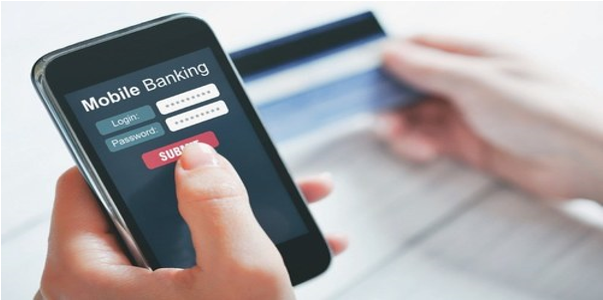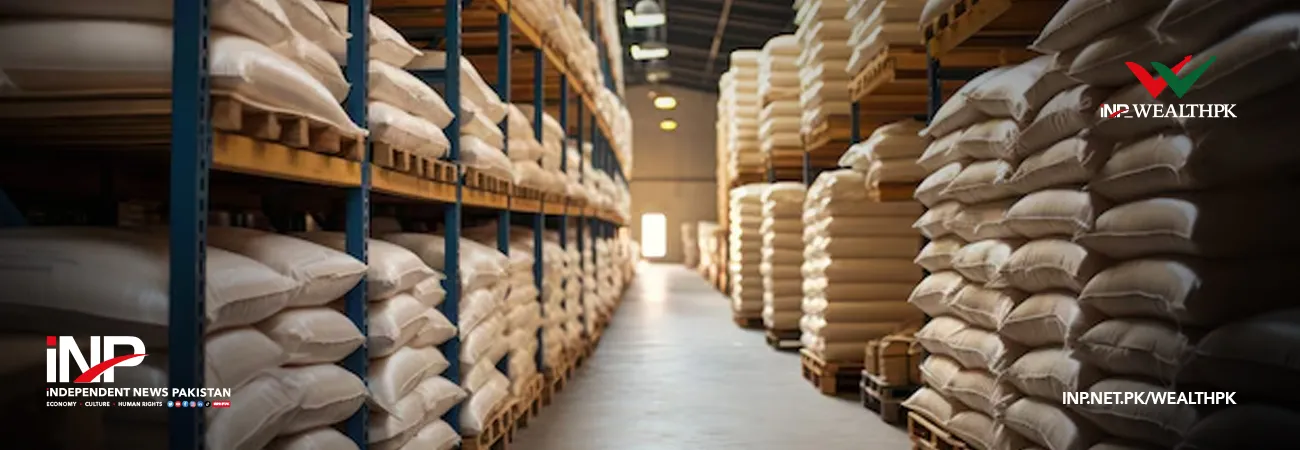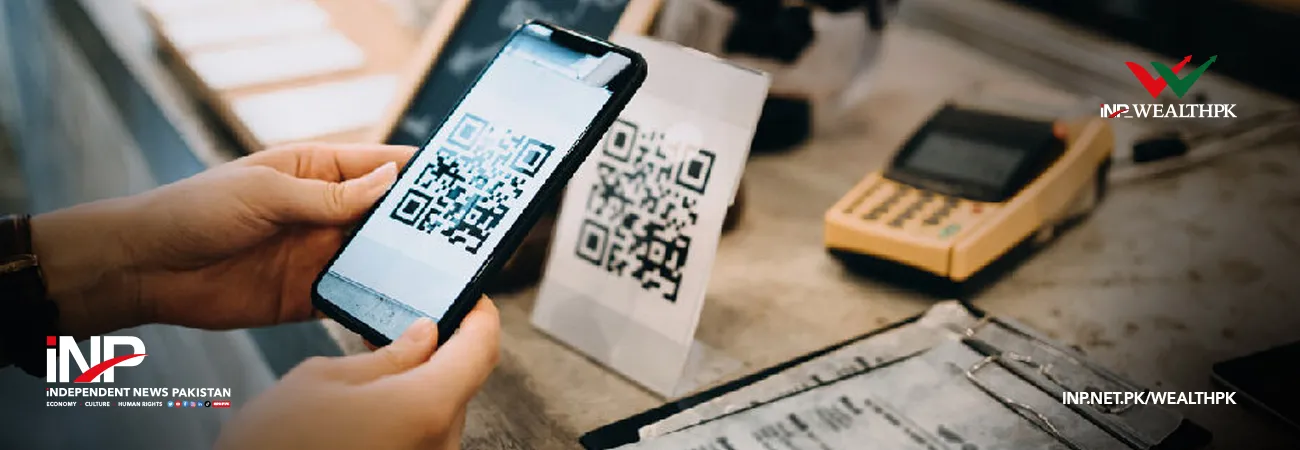INP-WealthPk
Moaaz Manzoor
Mobile banking continued to dominate Pakistan’s digital-finance landscape during fiscal year 2024-25 as smartphone applications became the preferred mode of financial access for millions of citizens. The Annual Payment Systems Review FY 2024-25 released by the State Bank of Pakistan (SBP) reveals that mobile-banking transactions soared 52 percent year-on-year to 6.2 billion, carrying a cumulative value of PKR 97 trillion, compared with 4.1 billion transactions worth PKR63 trillion a year earlier. The increase marks the fastest expansion in any banking channel and highlights how Pakistan’s financial habits are rapidly shifting from branch counters to handheld devices.
According to the report, the number of registered mobile-banking users climbed to 24.1 million by the close of FY 2024-25, while branchless-banking mobile-app users surged to 79.2 million. Internet-banking customers also grew to 14.9 million, indicating that digital access is becoming mainstream rather than an urban privilege. The expansion of reliable mobile networks and affordable smartphones has enabled even low-income users to perform instant transfers, pay utility bills, purchase goods, and access government services from anywhere.
Electronic-money wallets maintained their steep upward curve, increasing 56 percent to 5.8 million active users. Electronic-Money Institutions (EMIs) processed PKR471 billion in FY 2024-25 almost double the preceding year, underscoring the growing role of fintech firms in reaching consumers that banks historically overlooked. The SBP noted that policy clarity, improved KYC protocols, and real-time settlement through the Raast system have strengthened public trust in these new-age providers.
The regulator attributed this strong performance to its multi-year Digital Pakistan Vision 2028 strategy, which prioritises interoperability, innovation, and inclusion. Competition among commercial banks to offer user-friendly interfaces and zero-fee transactions has spurred continuous product improvement. Push notifications, biometric login, and instant QR payments have made mobile apps not only convenient but also secure. Analysts said with 65% of Pakistan’s population under 35, the country’s young demographic naturally favours smartphone-based services, explaining why digital transactions are rising faster than deposit growth in many banks.
SBP officials emphasised that mobile banking is transforming the economics of financial intermediation. With minimal infrastructure cost and automated onboarding, digital channels allow banks to reach remote customers profitably, closing the gap between rural deposits and formal credit. The review highlights that small-value transactions under PKR10,000 grew the fastest, signaling more frequent everyday use of digital channels. Agricultural-workers, students, and small vendors are increasingly paying through wallet and app ecosystems, reinforcing inclusive growth.
The report also shows a behavioural shift in consumer payment choices. Nearly 93 percent of e-commerce purchases were made through bank accounts or digital wallets rather than cards, reflecting the ease and reliability of mobile-based options. As financial-literacy campaigns and transaction-dispute mechanisms mature, confidence in mobile platforms is expected to rise further.
Looking ahead, the SBP foresees another year of robust double-digit growth as it introduces open-API standards, enhances cybersecurity supervision, and connects fintechs to its new PRISM+ and Raast interfaces. Experts predict that mobile transactions could exceed 10 billion annually by FY 2025-26, making Pakistan one of the top digital-payments markets in Asia.

Credit: INP-WealthPk












